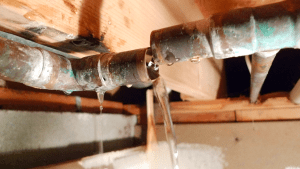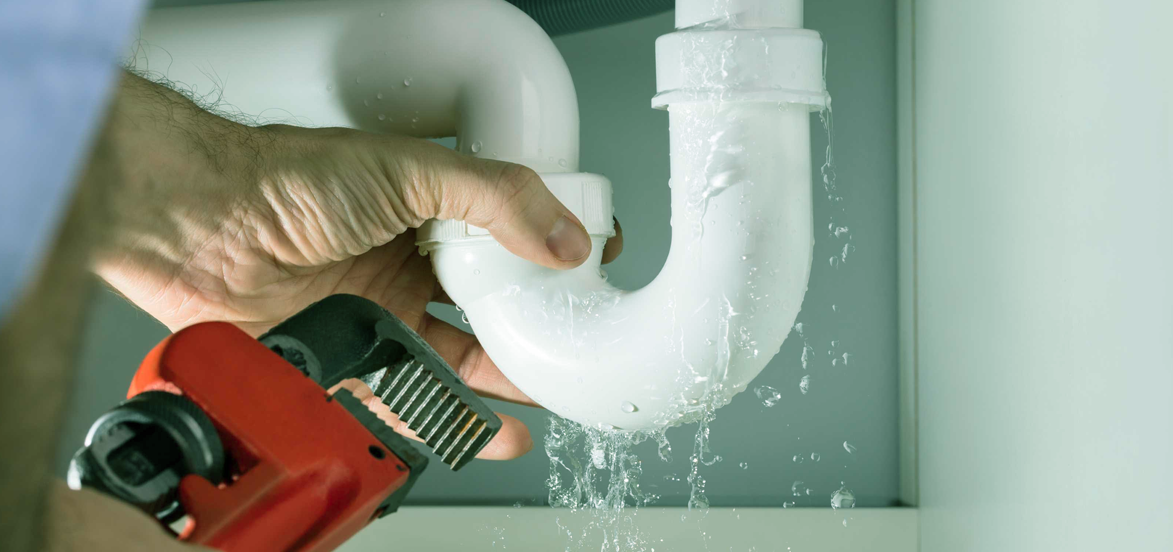6 Ways to Discover Concealed Water Leakages in Your Residence
6 Ways to Discover Concealed Water Leakages in Your Residence
Blog Article
We have unearthed the article relating to Top leak detection hacks listed below on the web and think it made sense to discuss it with you here.

Early discovery of dripping water lines can mitigate a possible catastrophe. Some small water leaks may not be noticeable.
1. Analyze the Water Meter
Every residence has a water meter. Checking it is a surefire manner in which helps you find leakages. For beginners, switch off all the water resources. Ensure no one will certainly purge, make use of the faucet, shower, run the cleaning maker or dishwasher. From there, go to the meter as well as watch if it will change. Since no one is utilizing it, there should be no movements. If it moves, that suggests a fast-moving leak. If you identify no changes, wait a hr or 2 and examine back once more. This indicates you might have a slow-moving leakage that could also be underground.
2. Examine Water Usage
If you identify unexpected changes, in spite of your consumption being the exact same, it suggests that you have leakages in your plumbing system. An unexpected spike in your costs indicates a fast-moving leak.
At the same time, a steady rise every month, despite having the same habits, shows you have a sluggish leakage that's additionally slowly rising. Call a plumber to extensively check your residential or commercial property, specifically if you really feel a cozy area on your flooring with piping below.
3. Do a Food Coloring Examination
When it comes to water consumption, 30% comes from commodes. Test to see if they are running correctly. Drop specks of food shade in the tank as well as wait 10 mins. There's a leakage between the container and also dish if the color in some way infiltrates your bowl throughout that time without flushing.
4. Asses Outside Lines
Do not neglect to examine your outside water lines also. Examination spigots by attaching a garden hose pipe. Must water leak out of the link, you have a loose rubber gasket. Change this and also make sure all links are tight. It will assist obtain it professionally checked out as well as preserved annually if you've got a sprinkler system. One small leak can throw away lots of water as well as increase your water bill.
5. Inspect as well as Examine the Situation
Home owners should make it a routine to check under the sink counters as well as also inside closets for any kind of bad odor or mold and mildew development. These 2 warnings suggest a leak so prompt interest is needed. Doing routine assessments, also bi-annually, can conserve you from a major problem.
Examine for stainings as well as weakening as the majority of pipelines and home appliances have a life expectations. If you suspect leaking water lines in your plumbing system, do not wait for it to intensify.
Early detection of dripping water lines can mitigate a possible catastrophe. Some small water leaks may not be visible. Examining it is a proven way that aids you discover leaks. One tiny leak can lose heaps of water and increase your water expense.
If you think leaking water lines in your plumbing system, don't wait for it to escalate.
WARNING SIGNS OF WATER LEAKAGE BEHIND THE WALL
PERSISTENT MUSTY ODORS
As water slowly drips from a leaky pipe inside the wall, flooring and sheetrock stay damp and develop an odor similar to wet cardboard. It generates a musty smell that can help you find hidden leaks.
MOLD IN UNUSUAL AREAS
Mold usually grows in wet areas like kitchens, baths and laundry rooms. If you spot the stuff on walls or baseboards in other rooms of the house, it’s a good indicator of undetected water leaks.
STAINS THAT GROW
When mold thrives around a leaky pipe, it sometimes takes hold on the inside surface of the affected wall. A growing stain on otherwise clean sheetrock is often your sign of a hidden plumbing problem.
PEELING OR BUBBLING WALLPAPER / PAINT
This clue is easy to miss in rooms that don’t get much use. When you see wallpaper separating along seams or paint bubbling or flaking off the wall, blame sheetrock that stays wet because of an undetected leak.
BUCKLED CEILINGS AND STAINED FLOORS
If ceilings or floors in bathrooms, kitchens or laundry areas develop structural problems, don’t rule out constant damp inside the walls. Wet sheetrock can affect adjacent framing, flooring and ceilings.
https://www.servicemasterbyzaba.com/blog/how-to-detect-water-leakage-in-walls/

As an avid person who reads on Finding hidden leaks, I imagined sharing that section was really useful. Make sure you set aside a second to share this content if you appreciated it. We thank you for reading our article about Hacks to detect leaks.
Report this page